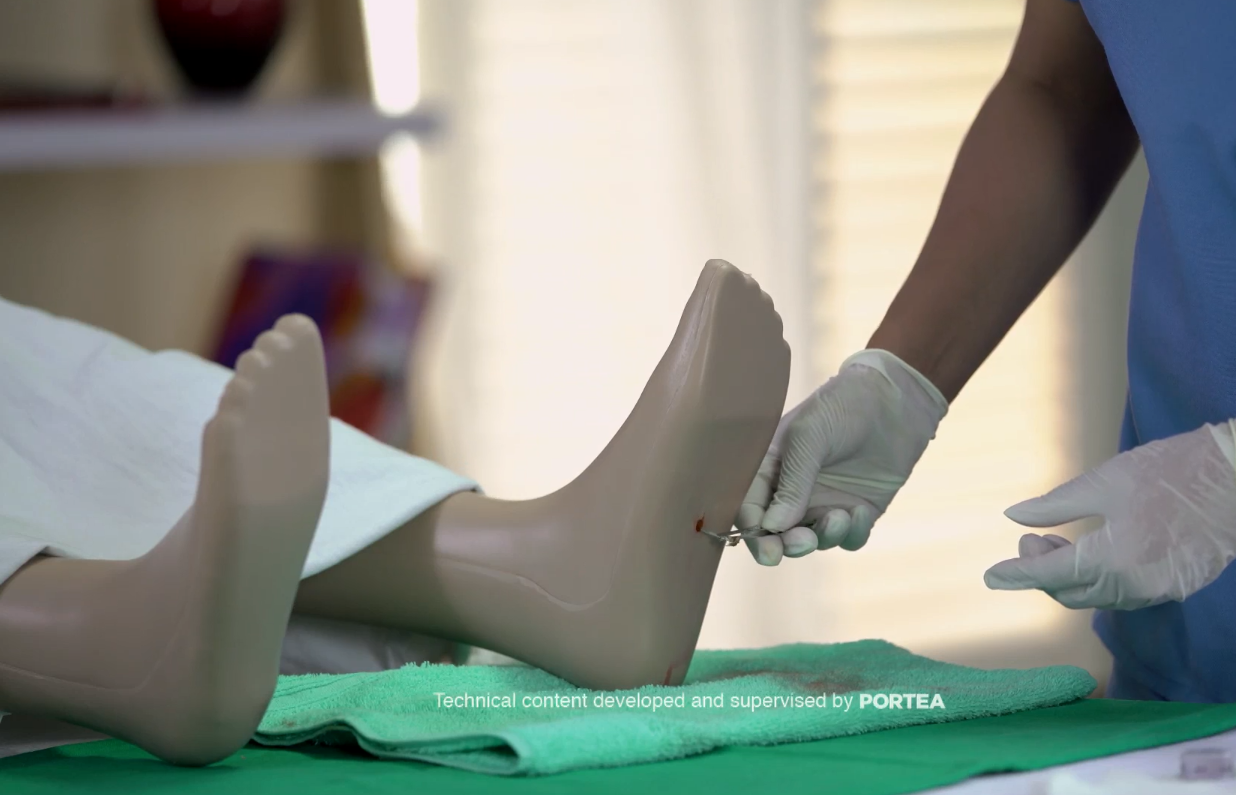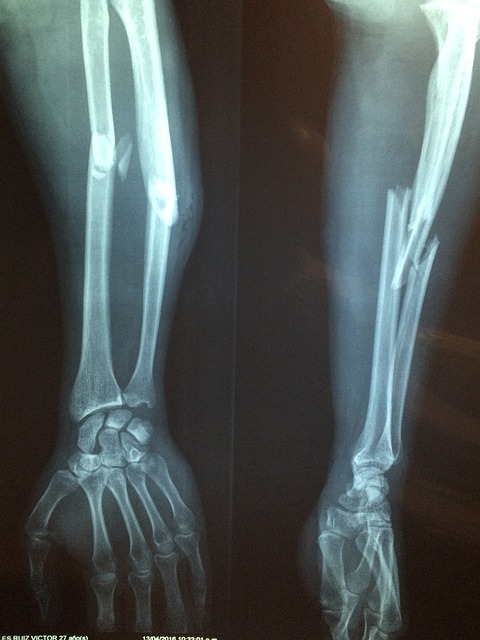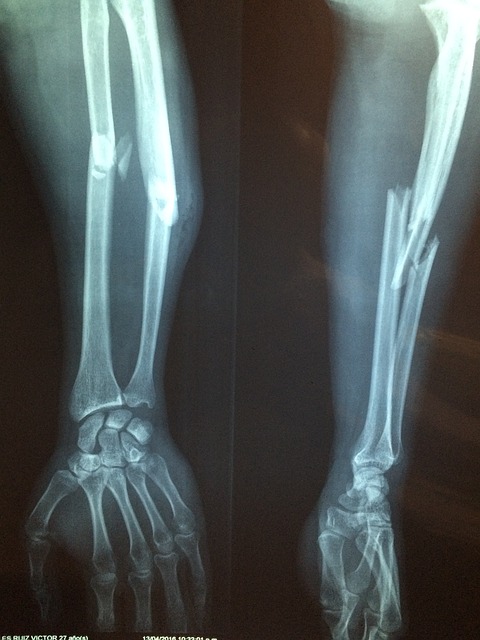First Aid for Thorns and Glass

Stop the Bleeding
- Apply direct pressure on the area.
Clean and Protect
- Clean the area with warm water and gentle soap.
- Use tweezers cleaned with rubbing alcohol to remove the object.
- If the object is under the surface of the skin, sterilize a clean, sharp needle by wiping it with rubbing alcohol. Use the needle to gently lift or break the skin over the object. Lift the tip of the object out and grasp it with your tweezers.
- Squeeze the wound gently to allow bleeding to wash out germs.
- Apply an antibiotic ointment to reduce chance of infection.
- Put a sterile bandage on the area.
Follow Up
- For a minor cut, remove bandage after a couple of days to promote healing.
- See a health care provider if the cut doesn’t heal or shows signs of infection, including redness, swelling, pus, or excessive pain.
- Having said all this do not forget to take TETANUS immunization BY DOCTOR.
To read more on First Aid, click on the link below.







